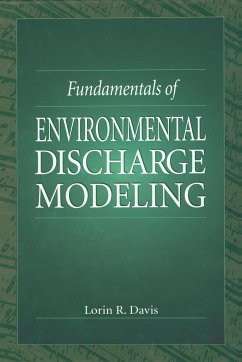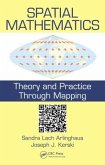This book examines engineering and mathematical models for documenting and approving mechanical and environmental discharges. The author emphasizes engineering design considerations as well as applications to waste water and atmospheric discharges. Chapters discuss: - the fundamentals of turbulent jet mixing, dilution concepts, and mixing zone concepts - diffuser configurations and head loss calculations - different modeling techniques and accepted models - discussed in detail with theoretical background, restrictions, input, output, and examples - Lagrangian and the EPA UM 2-dimensional diffuser model - the PLUMES interface - Eulerian integral methods, EPA UDKHG 3-dimensional diffuser model, and PDSG surface discharge model - empirical techniques, RSB diffuser model, the CORMIX family of models for both diffusers and surface discharge - numerical methods with a discussion of shelf commercial models, - Gaussian atmospheric plume models. Fundamentals of Environmental Discharge Modeling includes numerous case studies and examples for each model and problem. TOC:Fundamentals: Physical Concepts in Turbulent Jet Mixing; Dilution Concepts; Regulations; Ambient Considerations. Diffuser Concepts: Objectives; Geometry; Diffuser Head Loss Considerations. Lagrangian Integral Methods: Lagrangian Jet Mixing Theory; The UM (PLUMES) 2-D Submerged Diffuser Model; The PLUMES Interface; Case Studies Using UM; Design Problems. Eulerian Integral Methods: Eulerian Jet Mixing Theory; The UDKHG 3-D Submerged Diffuser Model; The PDSG 3-D Surface Discharge Model; Case Studies Using UDKHG; Case Studies Using PDSG; Design Problems. Empirical and Length Scale Methods: Basic Concepts; The RSB (PLUMES) Model; The CORMIX Models. Numerical Modeling: Basic Concepts; Strengths and Weaknesses. Atmospheric Gaussian Plume Models. References. Appendices.








